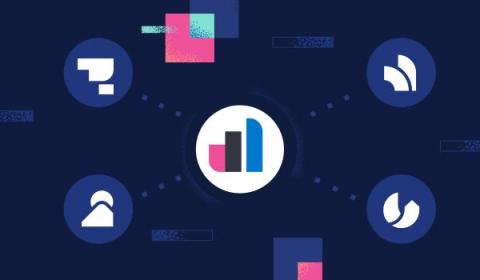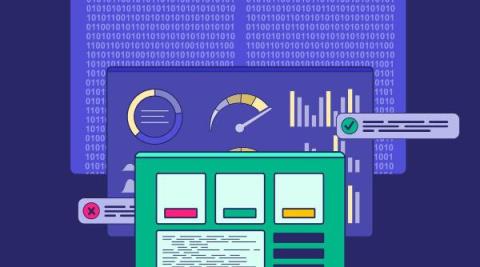Operations | Monitoring | ITSM | DevOps | Cloud
Logging
The latest News and Information on Log Management, Log Analytics and related technologies.
Why Your Logging Data and Bills Get Out of Hand
In the labyrinth of IT systems, logging is a fundamental beacon guiding operational stability, troubleshooting, and security. In this quest, however, organizations often find themselves inundated with a deluge of logs. Each action, every transaction, and the minutiae of system behavior generate a trail of invaluable data—verbose, intricate, and at times, overwhelming.
Monitoring-as-Code for Scaling Observability
As data volumes continue to grow and observability plays an ever-greater role in ensuring optimal website and application performance, responsibility for end-user experience is shifting left. This can create a messy situation with hundreds of R&D members from back-end engineers, front-end teams as well as DevOps and SREs, all shipping data and creating their own dashboards and alerts.
How to easily add application monitoring in Kubernetes pods
Why Network Load Balancer Monitoring is Critical
Incident Response Plans: The Complete Guide To Creating & Maintaining IRPs
Collecting OpenShift container logs using Red Hat's OpenShift Logging Operator
Make Moves Without Making Your Data Move
How much of the data you collect is actually getting analyzed? Most organizations are focused on trying not to drown in the seas of data generated daily. A small subset gets analyzed, but the rest usually gets dumped into a bucket or blob storage. “Oh, we’ll get back to it,” thinks every well-intentioned analyst as they watch data streams get sent away, never to be seen again.











